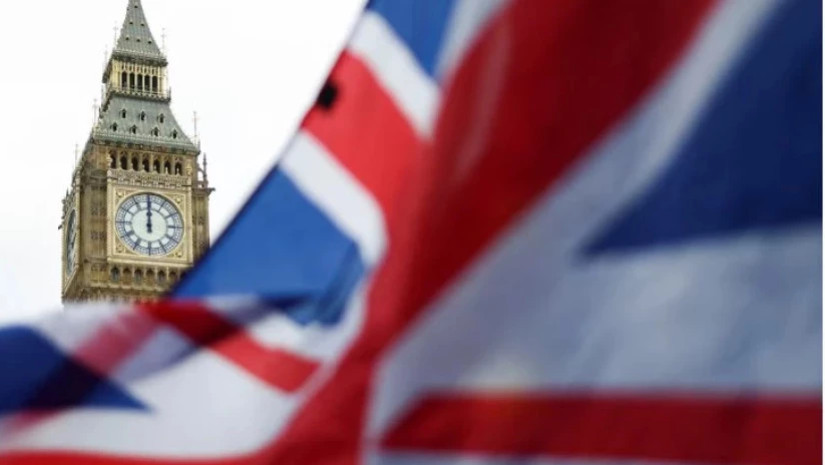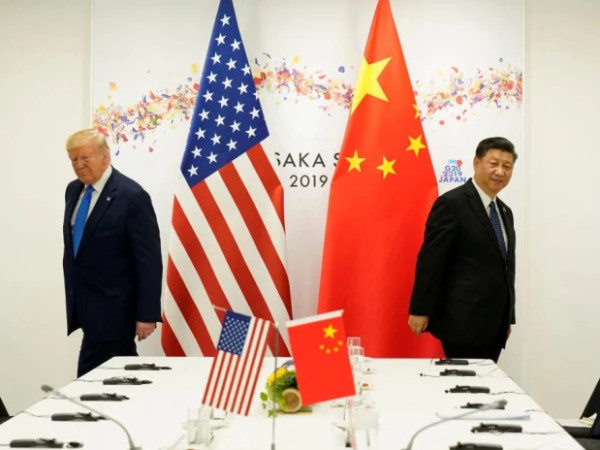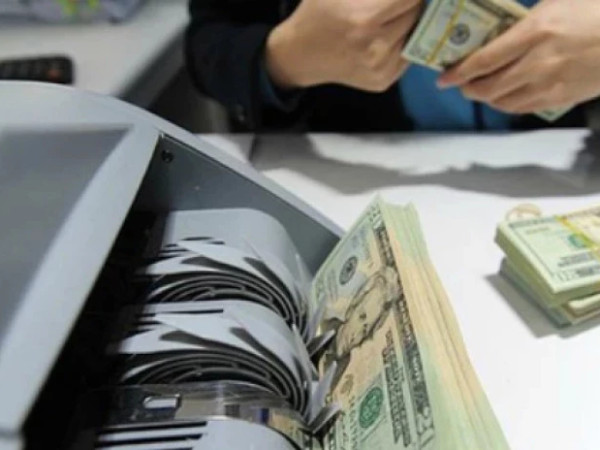The clock is ticking on Donald Trump’s so-called peace deal to end the Ukraine war. The US president says Kyiv has until Thursday to agree or face being cut off from American weapons, intelligence sharing and financial aid. But how can they agree to a package of measures that effectively gives Russia the spoils of its illegal invasion with little in return beyond agreeing not to bomb and kill?
Of course a ceasefire would be a blessed relief for the beleaguered and exhausted Ukrainians who have endured more than three years of misery. The temptation to end the conflict is powerful but the terms are unacceptable.
European leaders spent the weekend discussing the proposed deal and found it wanting, not least since they were not involved in drafting it. They have come up with a rival plan that involves stationing Nato troops in Ukraine, something Russia opposes, and holds out the prospect of future membership of the bloc.
But for Ukraine to carry on it needs to be able to harm Russia’s economy, especially its energy infrastructure, for which it needs more long-range missiles and other weaponry. If Mr Trump is serious about withdrawing US help then Europe has to step into the breach.
Yet there is still no agreement about what to do with the billions of frozen Russian assets (though some will be used to rebuild Ukraine under the Washington/Moscow deal) nor any real sense of how far European countries, including the UK, will go to face down President Trump.
A statement issued by the G20 countries minus America said the deal contained elements for a “just and lasting peace”, while Sunday’s behind-closed-doors talks in Geneva were described as “constructive” but did not include Russia. It is unconscionable to continue encouraging Ukraine to fight without the wherewithal to secure a ceasefire on its own terms, not Moscow’s.


















